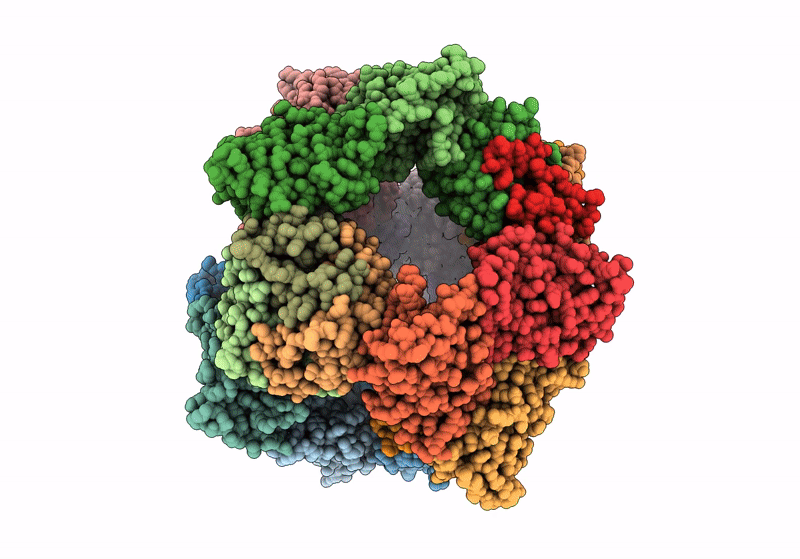
Deposition Date
2023-06-15
Release Date
2024-04-24
Last Version Date
2024-04-24
Entry Detail
PDB ID:
8T6E
Keywords:
Title:
Crystal structure of T33-28.3: Deep-learning sequence design of co-assembling tetrahedron protein nanoparticles
Biological Source:
Source Organism:
synthetic construct (Taxon ID: 32630)
Host Organism:
Method Details:
Experimental Method:
Resolution:
2.48 Å
R-Value Free:
0.23
R-Value Work:
0.20
R-Value Observed:
0.20
Space Group:
P 1


